Tips For Being A Wildlife-Friendly Visitor
How to view Ruidoso wildlife responsibly.
Ruidoso’s incredible wildlife is one of its great visitor thrills. With more than 200 species of birds that live in or migrate through the area, plus the deer, elk, bears, and wild horses that are frequently seen in our community, Ruidoso offers a unique opportunity to view animals in their natural habitat. And yet, it is important to remember to treat wildlife with proper caution and respect. The safety of the animals, as well as your safety, depends on it.
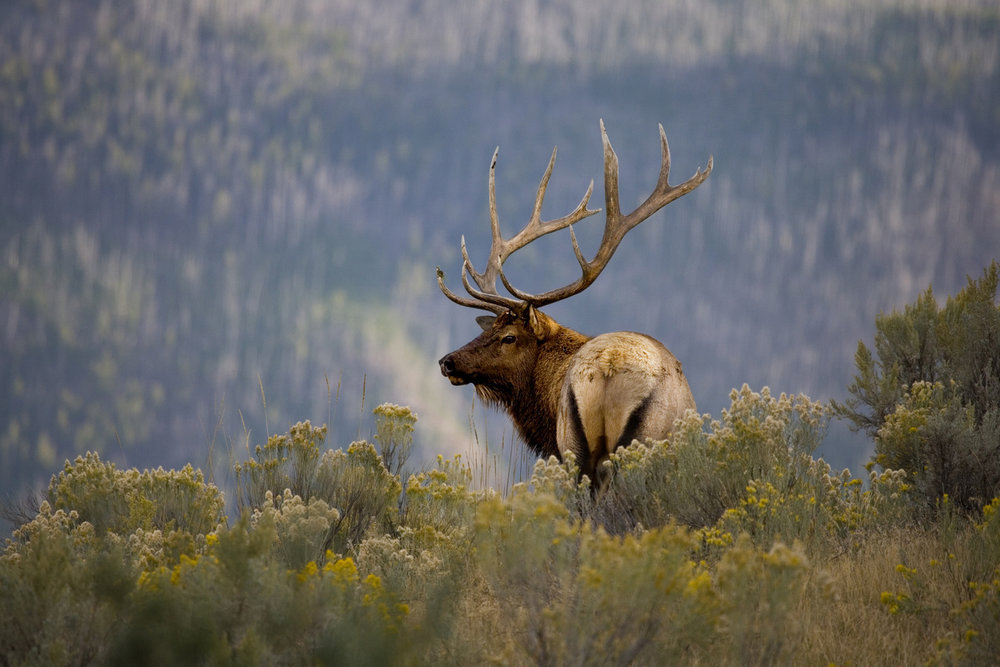
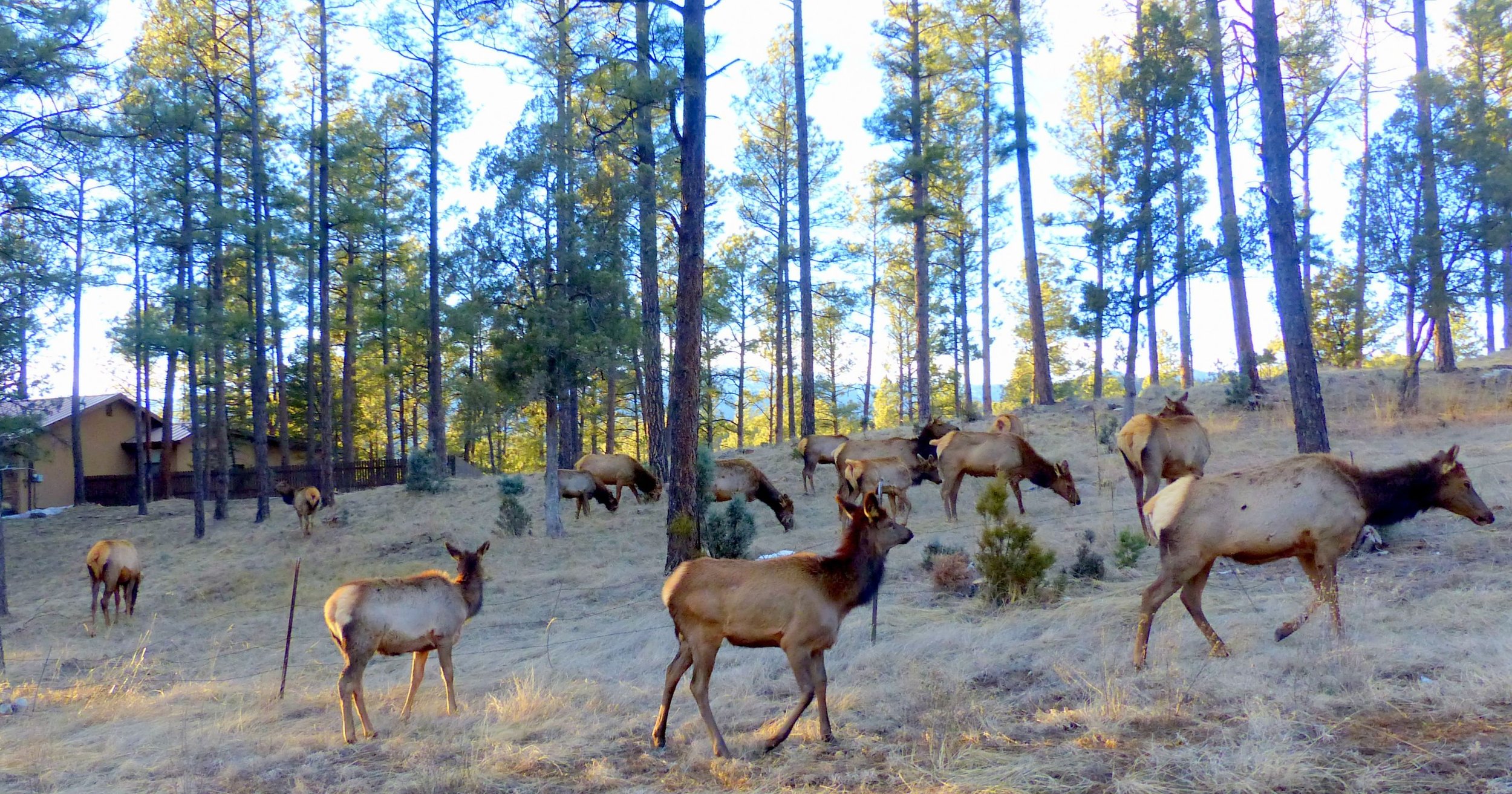

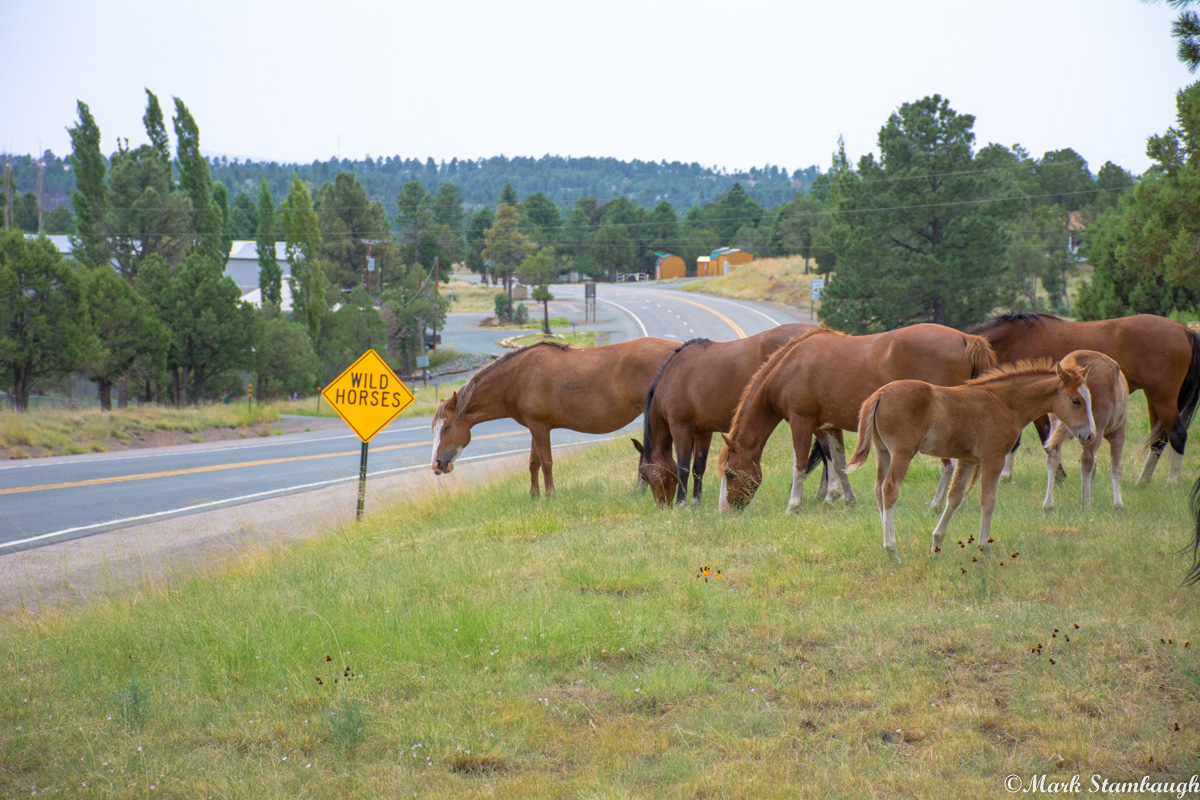
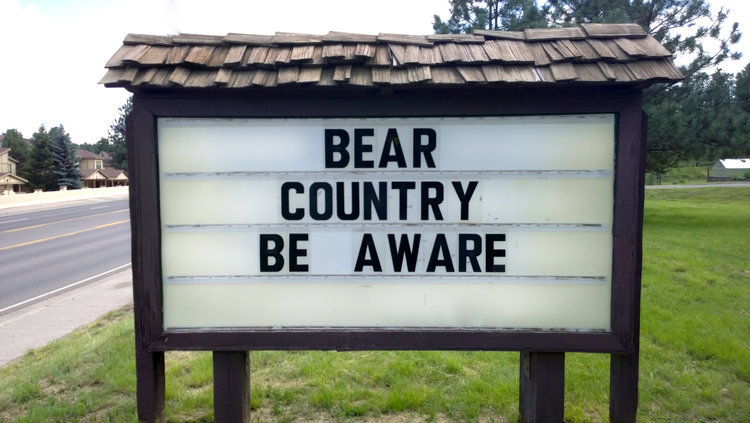
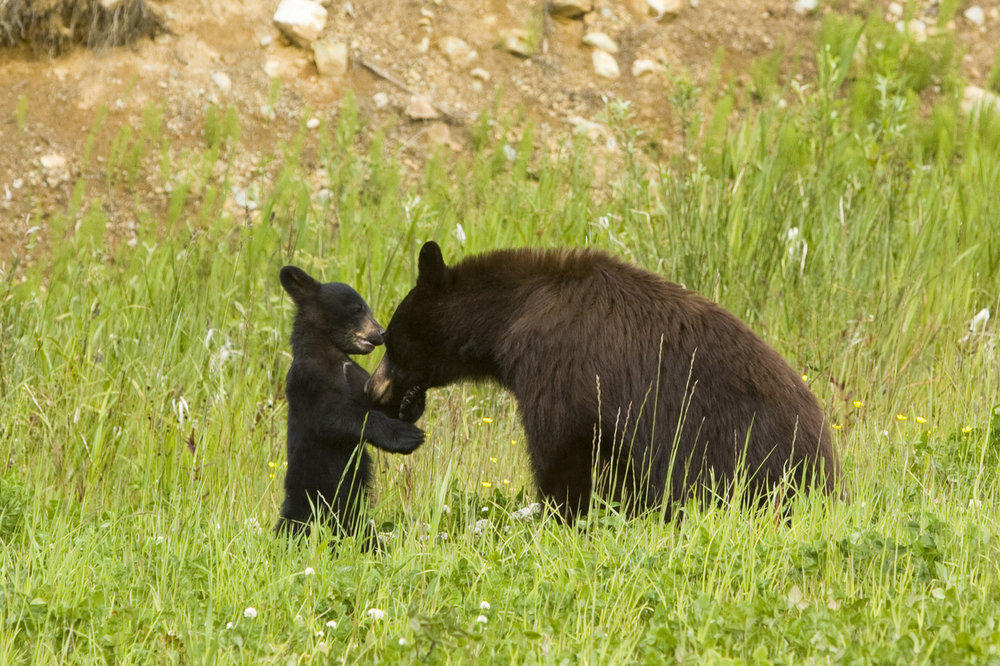

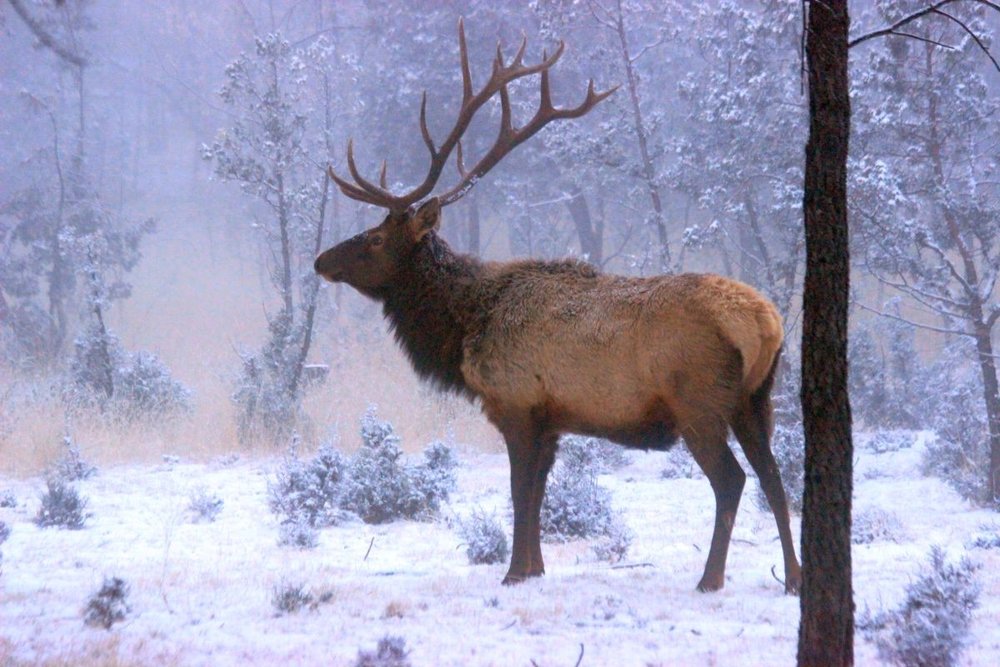
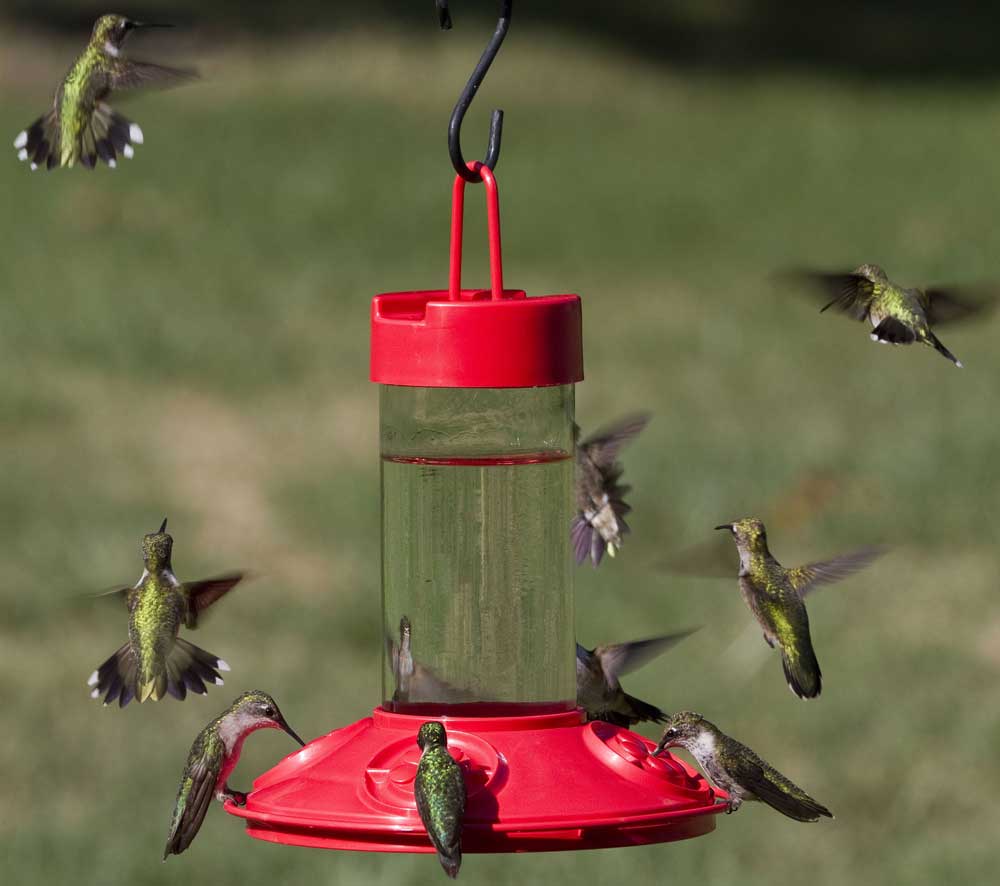
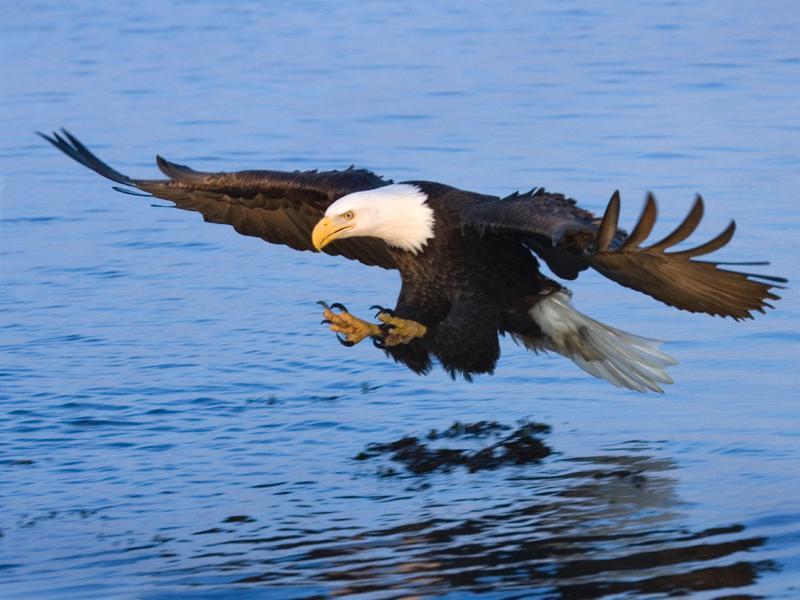

Keep your eyes on the road.
Vehicle strikes are one of the most deadly types of encounters with wildlife. Roads cut through their habitats or migration routes. Be sure to always follow the speed limits and watch for wildlife that may dart into the road. When you want to stop to watch wildlife, pull your vehicle completely off of the road—this keeps wildlife safe as well as other motorists. If an animal approaches or touches your car, honk your horn and drive away to discourage this behavior.
2. Give animals room.
Wild animals are unpredictable and dangerous. In general, if animals react to your presence you are too close. If you’re close enough for a selfie, you’re definitely too close. The following tips will keep you and the animals safe:
Never approach or pursue an animal to take its picture: use binoculars or telephoto lenses to get a better view.
If an animal moves closer to you, back away to maintain a safe distance.
It's illegal to willfully remain near or approach wildlife, including birds, within any distance that disturbs or displaces the animal.
When hiking in the forest, make noise, carry bear spray, don’t approach or follow bears, and never block a bear’s line of travel or come between a mother and her cubs.
3. Do not disturb.
The safety and health of wildlife depends on the thoughtful actions of human visitors. Know the risks of getting too close to wild animals and how to avoid them. Even when you’re farther away, leaving wildlife alone can help your viewing experience—plus it’s the law. It’s illegal to feed, touch, tease, frighten, or intentionally disturb wildlife. Interacting with wildlife also can cause harm to both people and wildlife, including injury and disease. Keep children close and stay on trails to help keep human presence in predictable areas. If dogs are allowed, keep them on-leash, pick up fecal matter, and ensure they are vaccinated. Do not use bird calls or wildlife calls and attractants.
4. Be responsible.
Ultimately, staying safe and keeping wildlife wild is up to you! When you visit, it’s your responsibility to keep yourself, your family, and the wildlife safe. So keep your distance and report anything unusual—you’re not only protecting yourself but also the wildlife. And you’re keeping the unique wildlife watching experience available for others.
For more tips on staying safe around wildlife, check out this video from the U.S. National Park Service.



